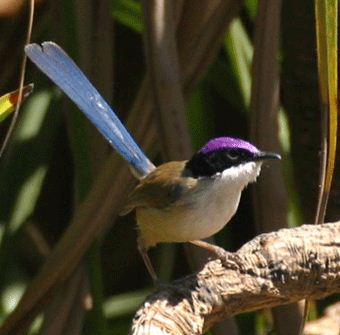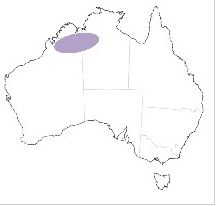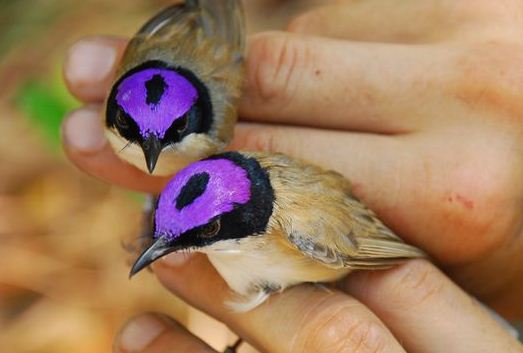Ecotourism isn’t always about exotic, far-away destinations. There are many wonderful bird species practically on your doorstep or no further than a typical Sunday outing. Since many readers will probably live in North America, let’s get to know the beautiful little Bluebird. There are 3 species of Bluebirds. Many people are lucky enough to have them visit their backyards and some people like to put out feeder trays to attract them.
Western Bluebird (Sialia mexicana)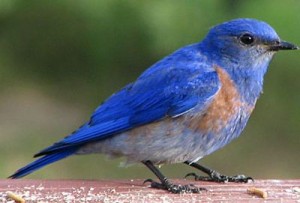
Western Bluebirds have a range that extends from British Columbia to the north as far south as Oaxaca, Mexico and includes the western states of the USA. They nest in cavities and generally lay 2-8 eggs; which average 20.8 x 16.2mm. Eggs are oval shape with a smooth and glossy shell. They are pale blue to bluish white and sometimes white in color. Nestlings remain in a nest about 19–22 days before fledging. They mainly eat insects and berries.
Eastern Bluebird (Sialia sialis)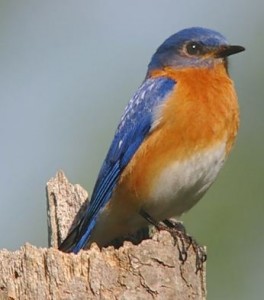
Eastern Bluebirds can be found in the eastern part of the USA and Canada and as far south as Nicaragua. They prefer to nest in woodlands where cavity holes excavated by a previous species will serve as their home. These woodlands must be near clearings or meadows because this is the preferred hunting ground of the species. Approximately two-thirds of the diet of an adult eastern bluebird consists of insects and other invertebrates. The remainder of the bird’s diet is made up of wild fruits. Favored insect foods include grasshoppers, crickets, katydids, and beetles. Other food items include earthworms, spiders, millipedes, centipedes, sow bugs and snails
Mountain Bluebird (Sialia currucoides)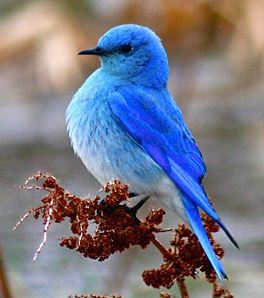
Mountain Bluebirds are migratory. Their range varies from Mexico in the winter to as far north as Alaska, throughout the western U.S. and Canada. Northern birds migrate to the southern parts of the range; southern birds are often permanent residents. They nest in cavities and lay 4-5 eggs. Young are naked and helpless at hatching and may have some down. Incubation normally last 14 days and the young will take about 21 days before they leave the nest. Both males and females fiercely protect the nest. They mainly eat insects and berries. They may forage in flocks in winter, when they mainly eat grasshoppers.

